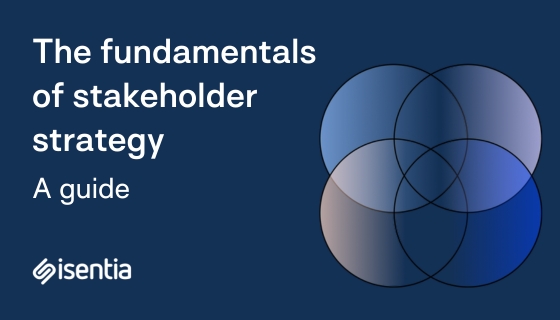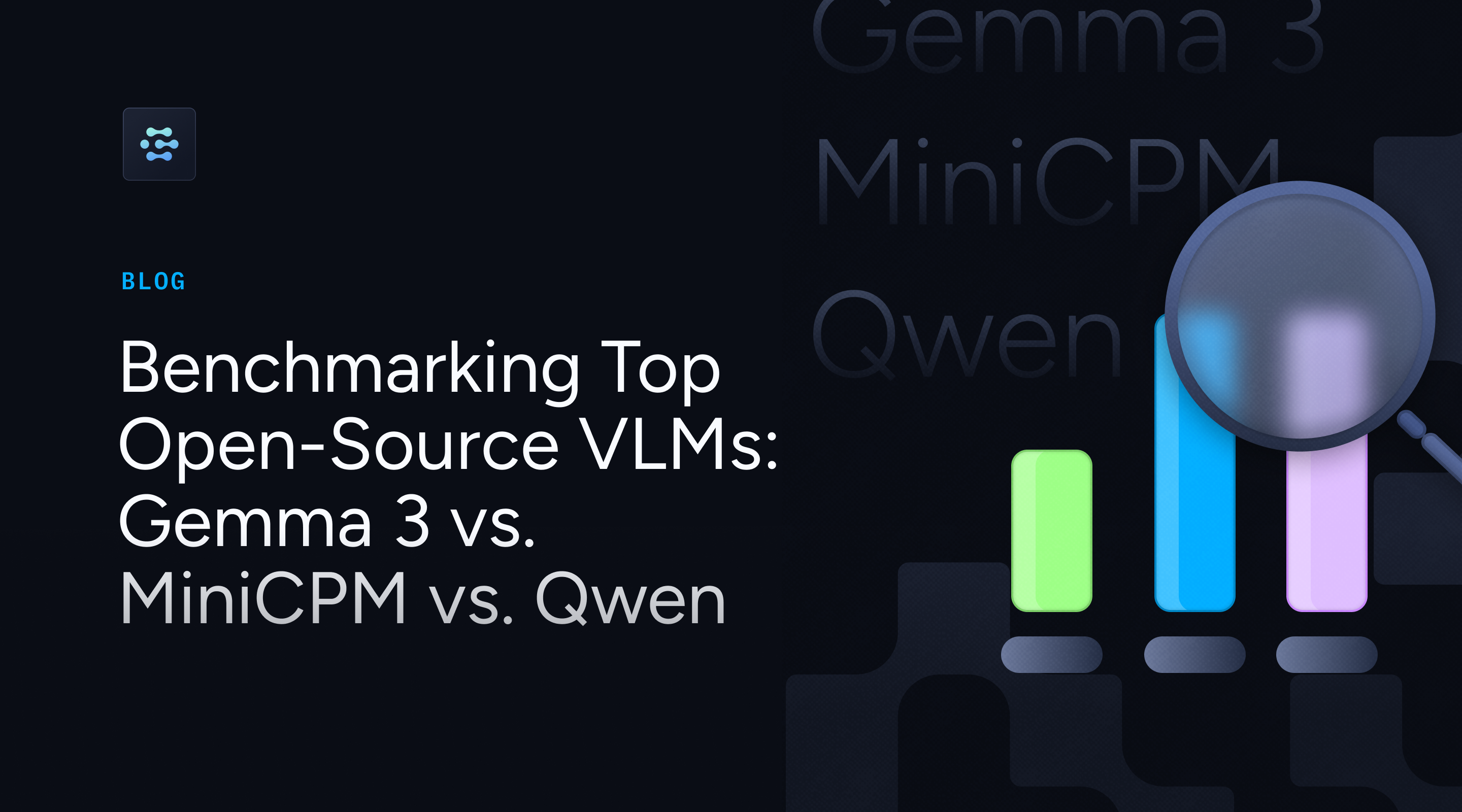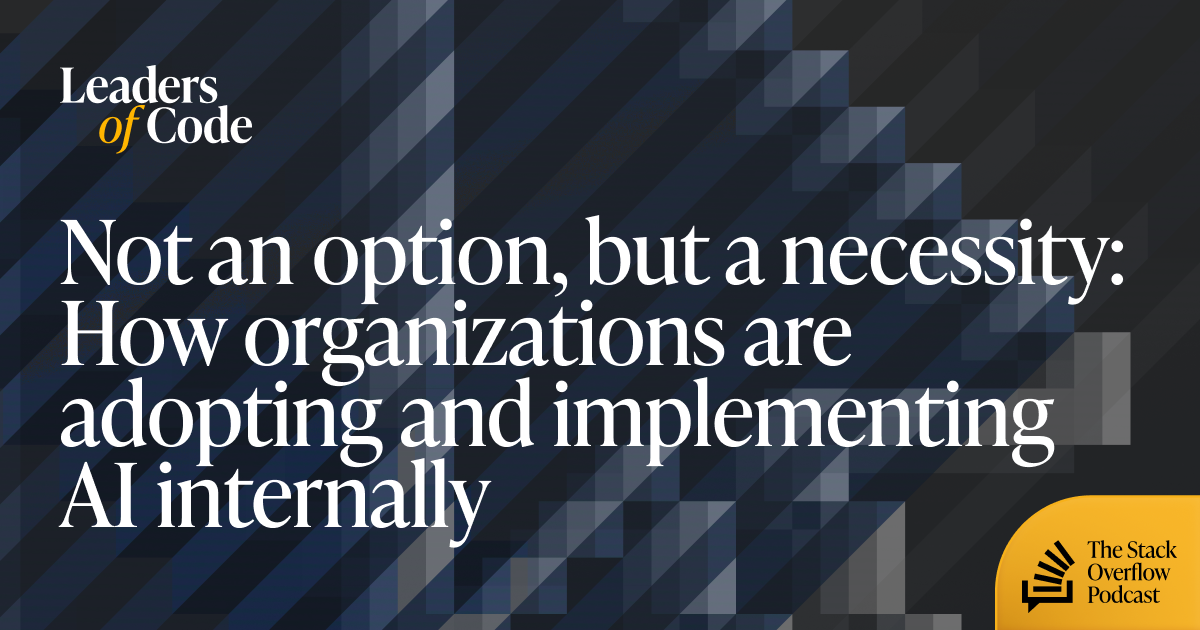The Unspoken Engineering Trade-offs in Large-Scale Vector Search
Setting up a test cluster for vector similarity search last month revealed operational nuances rarely discussed in documentation. Working with a 10-million vector dataset of product embeddings, I encountered fundamental design choices that impact everything from query latency to system reliability. This is what I wish I knew before implementation. Consistency Levels Demystified Many vector databases default to eventual consistency, assuming most applications prioritize throughput over immediate accuracy. In testing on a 3-node cluster, this yielded 38ms average query latency. But when I switched to strong consistency for a financial compliance use case requiring 100% data integrity, latency jumped to 210ms – a 5.5x penalty. The real danger lies in intermediate consistency levels like Bounded Staleness. During a node failure simulation, inconsistent vector states caused 7% of queries to return incomplete results. For recommendation engines, this might be acceptable; for medical image retrieval systems, catastrophic. Performance at Scale Dataset: 768D vectors (BERT embeddings), c6a.4xlarge AWS instances Operation 1M Vectors 10M Vectors 100M Vectors Index Build 12 min 2.1 hr 18.5 hr ANN Search 11 ms 29 ms 105 ms Disk Usage 3.2 GB 32 GB 315 GB Disk usage surprised me – the raw float32 vectors consumed only 2.9GB at 1M scale, but indexing metadata ballooned storage by 10%. This matters when budgeting cloud storage costs. Practical Deployment Patterns During CI/CD pipeline integration, I learned the hard way about connection pooling. Initial tests showed erratic 500-1500 QPS until I adjusted client settings: # Anti-pattern: Creating new connections per request def query_vector(): client = VectorDBClient() return client.search(embedding) # Solution: Reuse connections connection_pool = ConnectionPool(max_size=8) def query_vector(): with connection_pool.get() as client: return client.search(embedding) This simple change stabilized throughput at 1450±20 QPS under 50 concurrent requests. Memory vs. Accuracy Trade-offs Testing different index types revealed critical accuracy-performance compromises: IVF indices at nlist=4096: Recall@10: 92% 64GB RAM required Ideal for clinical imaging systems HNSW with M=24: Recall@10: 86% 38GB RAM required Better for e-commerce recommendations Binary quantization: Recall@10: 78% 9GB RAM required Only viable for non-critical chat history Unexpected Scaling Challenges The promised linear scaling broke at ~85M vectors when shard distribution became uneven. Manual rebalancing caused 23 minutes of degraded performance (p99 latency >2s). Automated solutions require careful configuration: # Cluster config snippet autobalancer: threshold: 0.15 # Max shard imbalance ratio interval: 300s # Check every 5 minutes max_moves: 2 # Prevent cascade rebalancing Production Considerations Cold start penalty: Unloaded indices added 400-800ms to first queries Security: Role-based access control (RBAC) reduced throughput by 15% Monitoring: Essential metrics to track: Index fragmentation percentage Cache hit ratio Pending compaction tasks My Takeaways After months of testing, three principles guide my vector database decisions: Never trust vendor benchmarks – test actual queries with your data distribution Design consistency requirements first – they dictate hardware budgets Provision 40% above calculated storage – metadata overhead is real I plan to explore persistent memory configurations next, particularly how Optane DC PMEM affects bulk loading times. The theoretical 3x throughput gains could revolutionize nightly index rebuilds. What surprised you most when implementing vector search? Share your lessons below.

Setting up a test cluster for vector similarity search last month revealed operational nuances rarely discussed in documentation. Working with a 10-million vector dataset of product embeddings, I encountered fundamental design choices that impact everything from query latency to system reliability. This is what I wish I knew before implementation.
Consistency Levels Demystified
Many vector databases default to eventual consistency, assuming most applications prioritize throughput over immediate accuracy. In testing on a 3-node cluster, this yielded 38ms average query latency. But when I switched to strong consistency for a financial compliance use case requiring 100% data integrity, latency jumped to 210ms – a 5.5x penalty.
The real danger lies in intermediate consistency levels like Bounded Staleness. During a node failure simulation, inconsistent vector states caused 7% of queries to return incomplete results. For recommendation engines, this might be acceptable; for medical image retrieval systems, catastrophic.
Performance at Scale
Dataset: 768D vectors (BERT embeddings), c6a.4xlarge AWS instances
| Operation | 1M Vectors | 10M Vectors | 100M Vectors |
|---|---|---|---|
| Index Build | 12 min | 2.1 hr | 18.5 hr |
| ANN Search | 11 ms | 29 ms | 105 ms |
| Disk Usage | 3.2 GB | 32 GB | 315 GB |
Disk usage surprised me – the raw float32 vectors consumed only 2.9GB at 1M scale, but indexing metadata ballooned storage by 10%. This matters when budgeting cloud storage costs.
Practical Deployment Patterns
During CI/CD pipeline integration, I learned the hard way about connection pooling. Initial tests showed erratic 500-1500 QPS until I adjusted client settings:
# Anti-pattern: Creating new connections per request
def query_vector():
client = VectorDBClient()
return client.search(embedding)
# Solution: Reuse connections
connection_pool = ConnectionPool(max_size=8)
def query_vector():
with connection_pool.get() as client:
return client.search(embedding)
This simple change stabilized throughput at 1450±20 QPS under 50 concurrent requests.
Memory vs. Accuracy Trade-offs
Testing different index types revealed critical accuracy-performance compromises:
-
IVF indices at nlist=4096:
- Recall@10: 92%
- 64GB RAM required
- Ideal for clinical imaging systems
-
HNSW with M=24:
- Recall@10: 86%
- 38GB RAM required
- Better for e-commerce recommendations
-
Binary quantization:
- Recall@10: 78%
- 9GB RAM required
- Only viable for non-critical chat history
Unexpected Scaling Challenges
The promised linear scaling broke at ~85M vectors when shard distribution became uneven. Manual rebalancing caused 23 minutes of degraded performance (p99 latency >2s). Automated solutions require careful configuration:
# Cluster config snippet
autobalancer:
threshold: 0.15 # Max shard imbalance ratio
interval: 300s # Check every 5 minutes
max_moves: 2 # Prevent cascade rebalancing
Production Considerations
- Cold start penalty: Unloaded indices added 400-800ms to first queries
- Security: Role-based access control (RBAC) reduced throughput by 15%
- Monitoring: Essential metrics to track:
- Index fragmentation percentage
- Cache hit ratio
- Pending compaction tasks
My Takeaways
After months of testing, three principles guide my vector database decisions:
- Never trust vendor benchmarks – test actual queries with your data distribution
- Design consistency requirements first – they dictate hardware budgets
- Provision 40% above calculated storage – metadata overhead is real
I plan to explore persistent memory configurations next, particularly how Optane DC PMEM affects bulk loading times. The theoretical 3x throughput gains could revolutionize nightly index rebuilds.
What surprised you most when implementing vector search? Share your lessons below.












































































































































































![[The AI Show Episode 156]: AI Answers - Data Privacy, AI Roadmaps, Regulated Industries, Selling AI to the C-Suite & Change Management](https://www.marketingaiinstitute.com/hubfs/ep%20156%20cover.png)
![[The AI Show Episode 155]: The New Jobs AI Will Create, Amazon CEO: AI Will Cut Jobs, Your Brain on ChatGPT, Possible OpenAI-Microsoft Breakup & Veo 3 IP Issues](https://www.marketingaiinstitute.com/hubfs/ep%20155%20cover.png)























































































































![[DEALS] 1min.AI: Lifetime Subscription (82% off) & Other Deals Up To 98% Off – Offers End Soon!](https://www.javacodegeeks.com/wp-content/uploads/2012/12/jcg-logo.jpg)











































































































































_incamerastock_Alamy.jpg?width=1280&auto=webp&quality=80&disable=upscale#)
_Brain_light_Alamy.jpg?width=1280&auto=webp&quality=80&disable=upscale#)
































































































![Nothing Phone (3) has a 50MP ‘periscope’ telephoto lens – here are the first samples [Gallery]](https://i0.wp.com/9to5google.com/wp-content/uploads/sites/4/2025/06/nothing-phone-3-telephoto.jpg?resize=1200%2C628&quality=82&strip=all&ssl=1)























































































